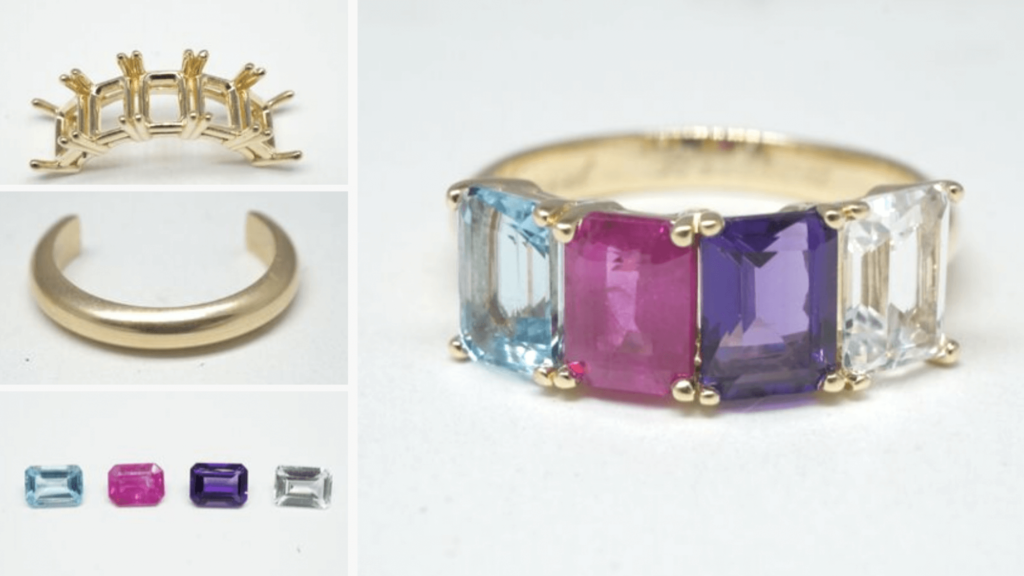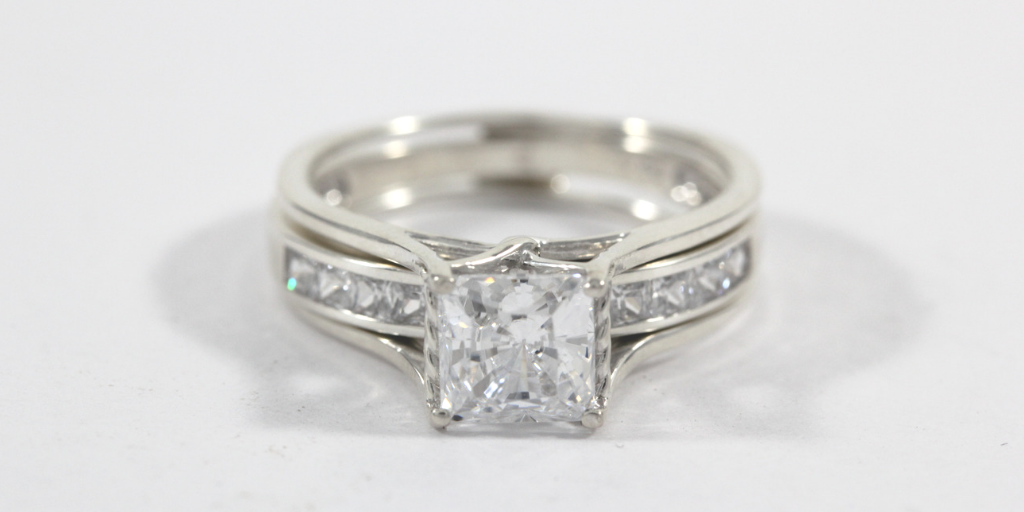Your Guide to Pearl Jewelry, From Knowing What’s Real to Wearing It Well
Written by Anna Currell
November 7, 2022
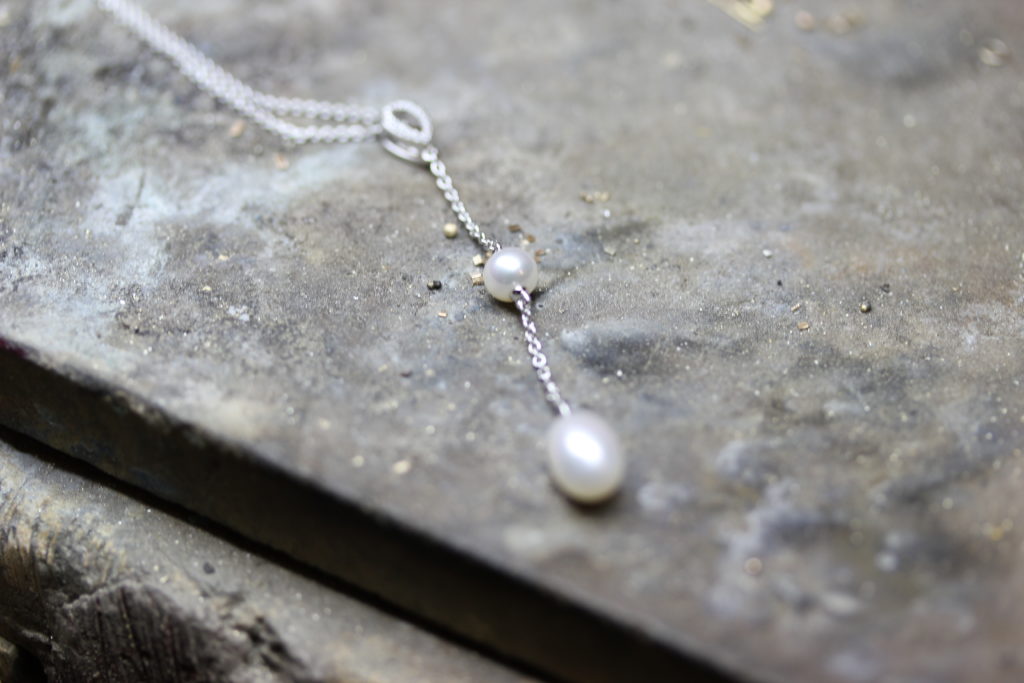
Pearl jewelry is timeless; pearls have been worn around the world for centuries and are still popular in jewelry today. Celebrities like Emma Stone wear pearl engagement rings, and royalty like Kate Middleton wear them frequently as an elegant accessory for any occasion. Pearls have a shimmery and lustrous sheen that make them unique and differentiate them from other popular gemstones like diamonds and rubies. Their neutral colors and simple, round shape make pearls a staple piece in any jewelry collection. If you’re interested in buying pearls, taking care of the ones you already own, or just want to learn more about these precious pieces, read on!
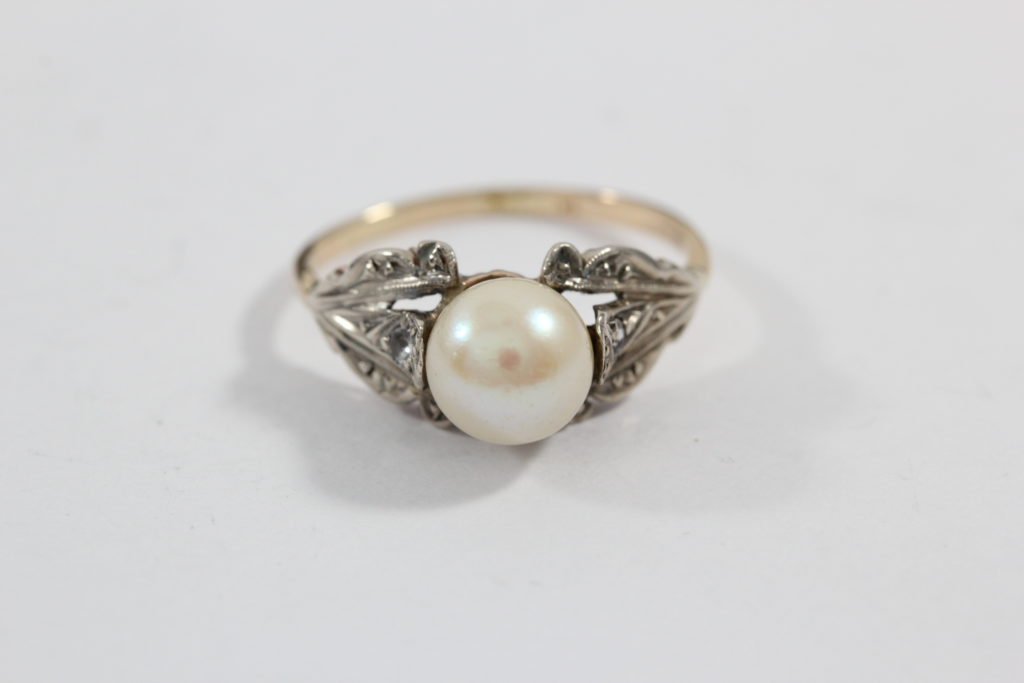
Where Do Pearls Come From?
Unlike other gems, pearls are not found hidden in the earth; instead, they are made naturally by living oysters and must be harvested from the ocean. To defend themselves from parasites and other intruders, oysters grow pearls around any irritant that enters their shell. The oyster secretes aragonite and conchiolin, which are also found in the outer shell, to form what’s called a nacre around the irritant and protect the mollusk’s soft body. That nacre forms a glimmery bead that becomes a pearl. Pearl farmers have to collect oyster shells and gently remove the pearl from inside before it can be turned into jewelry.
How to Tell If Your Pearls Are Authentic
Just like with lab-grown diamonds, not all authentic pearls are naturally occurring. Natural pearls come from fresh or saltwater oysters as described above, but commercially grown pearls are a lot easier to come by. In fact, most authentic pearls on the market today are commercially grown; to instigate pearl growth, a small bead is placed inside the oyster’s shell so that it can detect the irritant and grow a pearl around it as a natural defense mechanism.
There are also imitation pearls, which are artificially manufactured and contain no actual nacre. Imitation pearls are usually made by coating white glass, plastic, or alabaster beads with an iridescent outer layer to give them that trademark pearl look. Here’s how to tell the difference between real pearls and their imitation counterparts:
- Real pearls are not perfectly round; imitation pearls can easily be perfect spheres because they are manmade instead of naturally formed.
- Real pearls are often heavier than imitation pearls because of the materials used to create them.
- Real pearls have a colder temperature than imitation pearls; just touch them with the tips of your fingers to test their authenticity.
- Real pearls aren’t usually as pure white as imitation pearls; the authentic pearl color is more of a greenish or pinkish iridescent color.
- Real pearls aren’t as smooth as imitation pearls; they carry a slightly gritty texture when the nacre is formed naturally inside the oyster.
You can test your pearls to examine their quality on your own, or you can have your jewelry professionally appraised to find out more about the authenticity and value of your pearls.

A pair of white pearl stick post earrings with butterfly backs.
Wearing The Pearl Trend
Pearls have been in style forever, but recently, they’ve been making another big splash. The jewelry industry forecast for 2023 is the combination of pearl strands and gold chains in necklaces, earrings, and bracelets. This style weaves together two separate trends — chunky gold and minimalist jewelry — with a little bit of modern flare.
You can also try the Madonna-inspired “more is more” look and drape yourself in pearls everywhere: pile on pearl earrings, pearl necklaces (lots of them), and pearl rings. Or swing the opposite way and wear your pearls with a classic Audrey Hepburn touch: a simple strand around your neck with a dainty pair of earrings. Have fun making your pearl jewelry fit your own style.
How to Care for Your Pearl Jewelry
Authentic pearl jewelry is delicate, so you’ll want to be sure to take good care of your pieces. Clean your jewelry regularly (at the end of every day or once a week, depending on how often you wear it) with a dry, soft cloth to remove any residue. To avoid contact with perfumes and lotions, which can cause buildup, make your pearl jewelry the last thing you put on before you leave the house. Make sure to keep your pearl jewelry away from heat or any household chemicals, and take off your pearls before going to the gym or going swimming, as exposure to sweat or chlorine can damage them. To keep your pearls in their absolute best condition, we recommend a professional cleaning every six months.
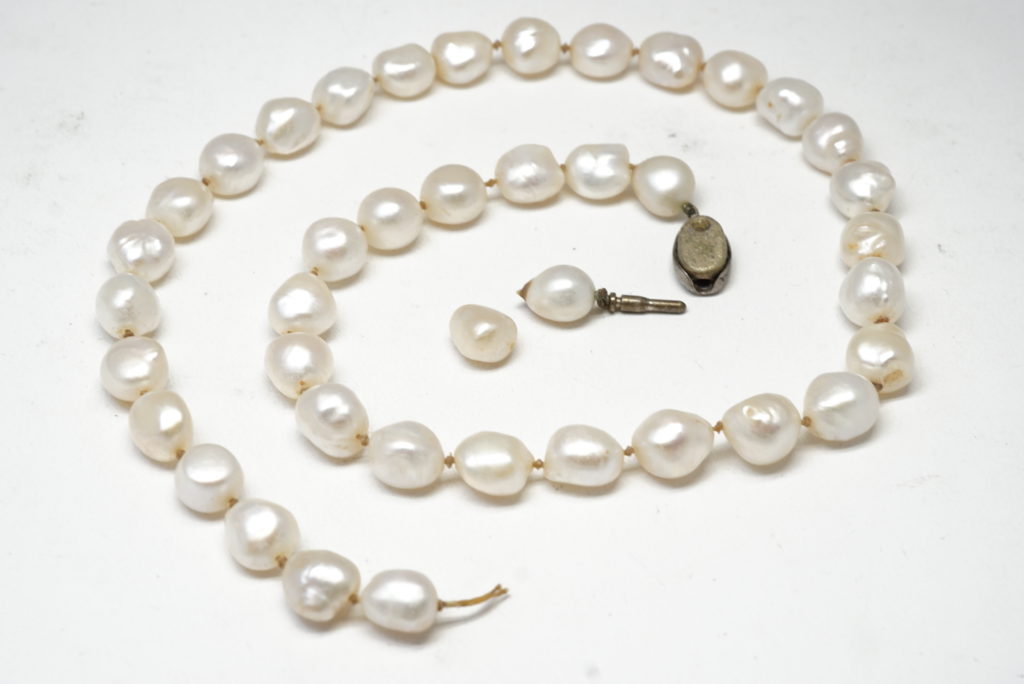
Avoid tangling by storing your pearl strands safely, either carefully hanging on a necklace stand or securely tucked away in a jewelry box. There’s nothing worse than a tangled pearl necklace or bracelet string breaking, sending your pearls scattering everywhere. If the worst should happen, you can always send in your split strands and any loose pearls to Quick Jewelry Repairs. Our expert jewelers will restring your pearl jewelry and get it back to you in no time, looking newer than ever.

